Growing Electric Vehicle Adoption
The rise in electric vehicle (EV) adoption is a significant driver for the automotive exterior-smart-lighting market. As more consumers transition to EVs, manufacturers are compelled to enhance vehicle features, including lighting systems, to meet the unique needs of electric vehicles. Advanced lighting solutions not only improve visibility but also contribute to the overall energy efficiency of EVs. Recent data indicates that the EV market is projected to grow at a CAGR of over 20% in the coming years, which could lead to increased demand for innovative lighting technologies. Consequently, the automotive exterior-smart-lighting market is likely to benefit from this trend, as manufacturers seek to differentiate their EV offerings through superior lighting solutions.
Technological Advancements in Lighting Solutions
Technological innovations play a pivotal role in shaping the automotive exterior-smart-lighting market. The advent of LED and laser lighting technologies has revolutionized vehicle illumination, offering superior brightness and energy efficiency. Recent statistics suggest that LED lights consume up to 75% less energy than traditional halogen bulbs, making them a preferred choice among manufacturers. Additionally, the integration of smart lighting systems, which can adapt to driving conditions and enhance visibility, is becoming increasingly prevalent. This technological evolution not only improves the aesthetic appeal of vehicles but also aligns with the growing consumer demand for high-performance lighting solutions. As manufacturers continue to innovate, the automotive exterior-smart-lighting market is likely to witness sustained growth.
Rising Consumer Demand for Advanced Safety Features
The automotive exterior-smart-lighting market is experiencing a notable surge in demand. This demand is driven by consumers' increasing emphasis on safety features. As vehicle manufacturers integrate advanced lighting technologies, such as adaptive headlights and dynamic turn signals, the market is poised for growth. According to recent data, approximately 70% of consumers express a preference for vehicles equipped with enhanced lighting systems that improve visibility and safety during nighttime driving. This trend indicates a shift towards prioritizing safety in vehicle design, thereby propelling the automotive exterior-smart-lighting market forward. Furthermore, as awareness of road safety issues rises, manufacturers are likely to invest more in innovative lighting solutions, which could further stimulate market expansion.
Increased Focus on Aesthetic Appeal and Customization
The automotive exterior-smart-lighting market is increasingly influenced by consumers' desire for aesthetic appeal and customization options. As vehicle owners seek to personalize their cars, innovative lighting solutions that offer customizable colors and effects are gaining popularity. This trend is particularly evident among younger consumers, who prioritize unique vehicle designs. Market Research Future indicates that approximately 60% of consumers are willing to pay a premium for customizable lighting features. This growing focus on aesthetics is prompting manufacturers to invest in advanced lighting technologies that not only enhance safety but also allow for greater personalization. As a result, the automotive exterior-smart-lighting market is expected to expand as manufacturers respond to these evolving consumer preferences.
Government Initiatives Promoting Sustainable Practices
Government initiatives aimed at promoting sustainability significantly influence the automotive exterior-smart-lighting market. Regulatory bodies are increasingly encouraging the adoption of energy-efficient lighting technologies to reduce carbon emissions and enhance environmental sustainability. For instance, various states have implemented incentives for manufacturers that adopt eco-friendly practices, including the use of energy-efficient lighting systems. This regulatory support is expected to drive innovation within the automotive exterior-smart-lighting market, as companies seek to comply with environmental standards while meeting consumer expectations. Furthermore, as sustainability becomes a core focus for the automotive industry, the demand for advanced lighting solutions that align with these initiatives is likely to increase.


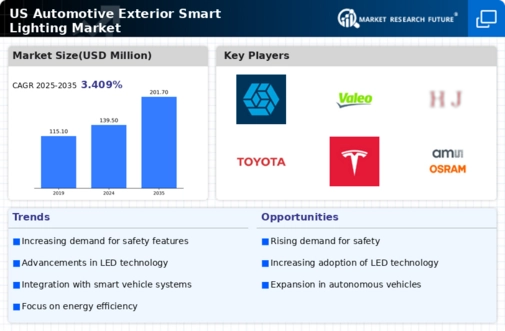

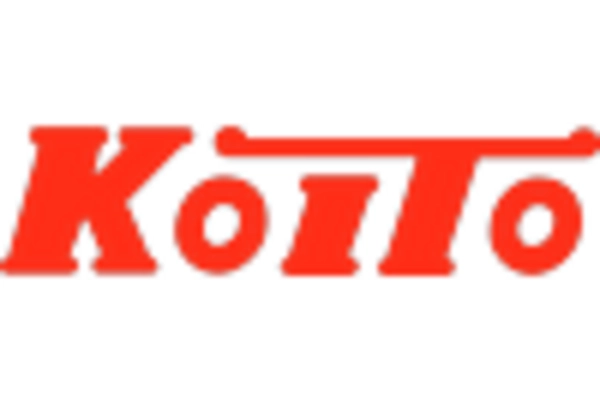
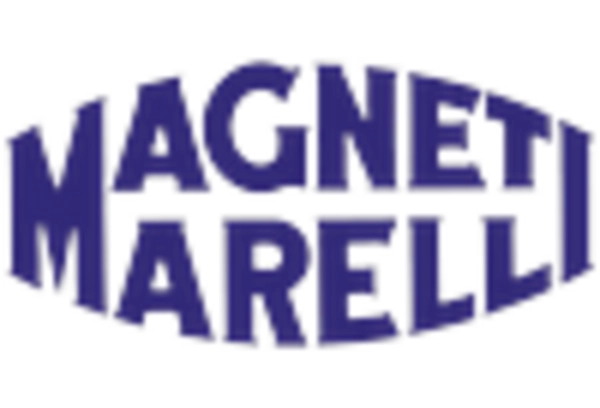
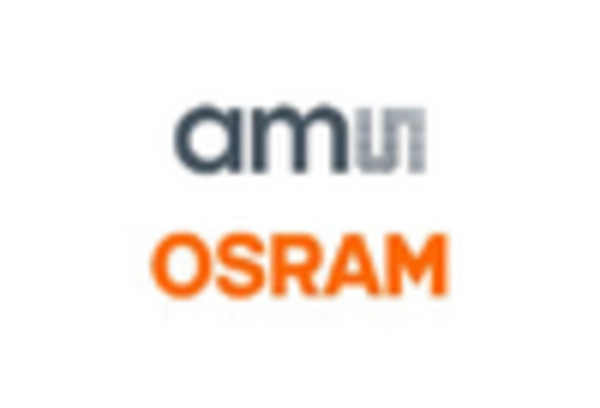
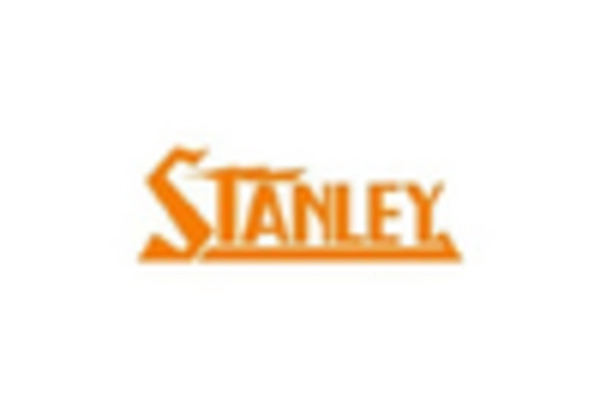
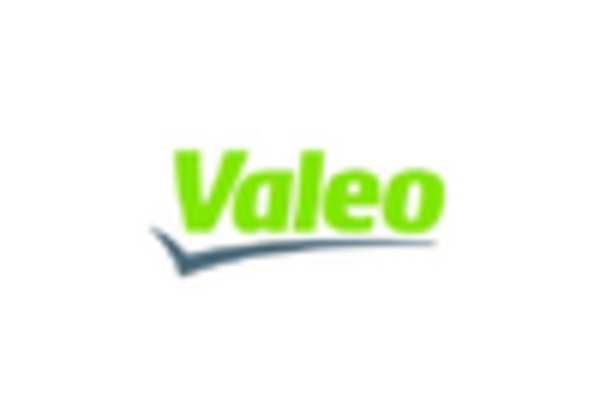








Leave a Comment